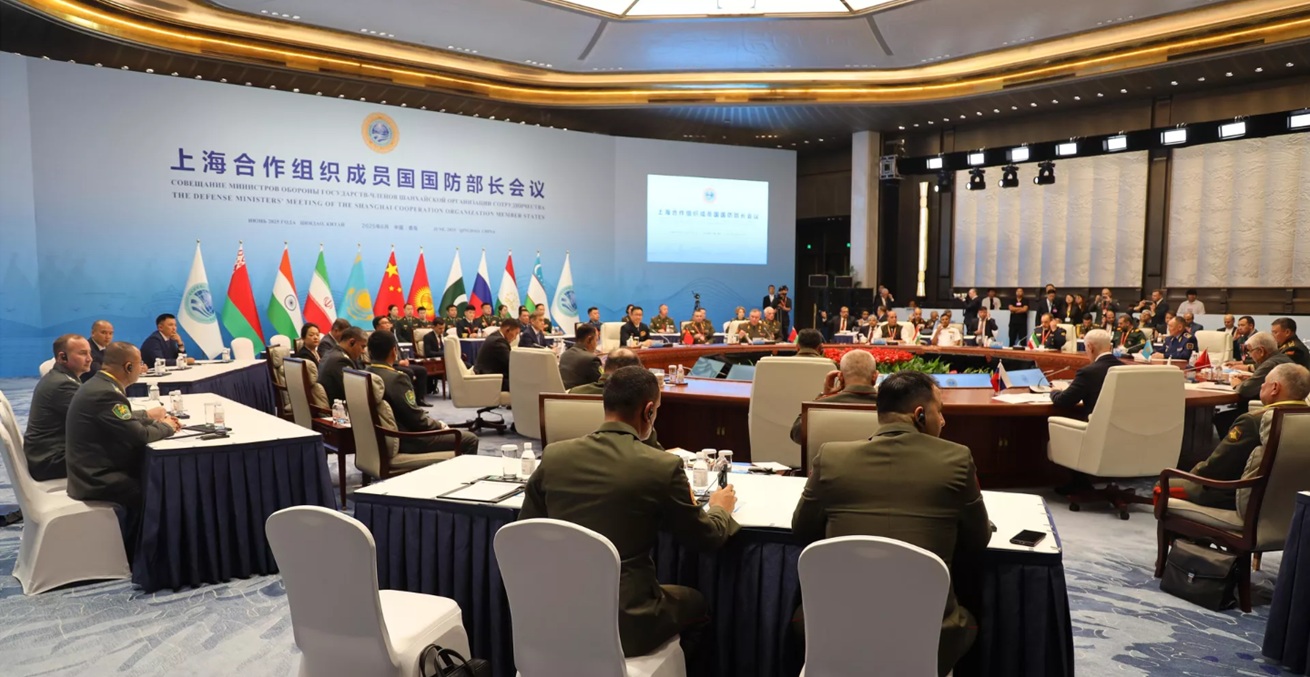Examining the Chinese Communist Party’s century-long trajectory, this volume analyses its resilience, ideological governance, and modernisation strategies. While offering rich empirical studies, its broad scope and lack of thematic cohesion make it an ambitious yet somewhat fragmented exploration of the CCP’s evolution.
The Chinese Communist Party: A 100-year Trajectory is a comprehensive study of one hundred year-history of the Chinese Communist Party (CCP) since its founding in 1921. The book is an edited volume contributed by twenty scholars from Europe, U.S., and China. Through sixteen chapters, the book examines the history and transformation of the CCP from multidisciplinary perspectives and attempts to grasp the core features of the party, in particular, its adaptability, longevity, and resilience, through four different lenses: organisational trajectory, ideological governance, modernisation policies, and territorial control. The book seeks to address key questions about the CCP: How does the party function? How has the party adapted to new conditions without transforming its core structure of the Leninist system? How has the party’s ideological governance been transformed from the Mao era to the present? How has it adjusted Marxism in a way that fits China’s national conditions? How has it dealt with the various unintended consequences of its modernisation policies and market reforms? How has its relationship with a variety of social forces such as intellectuals, capitalists, and rural farmers been changing? Does the party’s revolutionary and guerilla heritage affect its pragmatism, adaptability, and resilience? Has the party’s guerilla heritage been contributing to its capacity to deal with uncertainty, contradictions, and tensions? Are there historical continuities in the party’s operational methods, ideological governance, social control, and foreign policy?
The two editors, Doyon and Froissart, question the dominant scholarly approaches in Chinese politics, particularly, the leader-centric, era-based analysis, the emphasis on the puzzle of CCP’s survival, and the linear and deterministic assumption of history—the eventual demise of the communist systems. According to the editors, the book explores a more complex and diverse pictures of CCP’s resilience and adaptability. The party’s trajectory for the last one hundred years has been riddled with challenges, setbacks, and unintended moves, as well as numerous tensions and contradictions, such as the ones between continuities and discontinuities, adaptability and persistence, and liberalisation and control. By looking at the party’s history through a variety of lenses, the book highlights the “fluidity” of CCP’s development and refrains from imposing a unified view on the party’s trajectory.
The book is divided into the four sections: organisational trajectory, ideological bricolage, China’s path toward modernisation and its challenges, and territorial control/nation-building. In the first section on organisational trajectory, the chapters observe the persistence of the party’s Leninist structure. Cabestan examines the shifts in the interpretation of the Party Constitution and Hu Jintao’s failed attempt to implement “intra-party democracy” and concludes that the party “needs to remain Leninist, opaque, and undemocratic” to stay in power. Thornton examines the party’s expansion and penetration into the voluntary sector under Xi Jinping through party-building mission, which has replaced the state’s roles, decreased the
autonomy of social organisations and resulted in the shift in the balance of power within the “party-state-society trichotomy.” Peike examines party-building mission abroad and observes the persistence of Leninist principles on one hand and the adaptation efforts and inconsistencies in practice on the other.
In the second section, four chapters analyse the CCP’s ideological governance, specifically its efforts to legitimate its power and deal with various social forces. Timothy Cheek focuses on the difficult, often contradictory, and changing relationship between the party and intellectuals. As a Leninist organisation, the party needs intellectuals to maintain a “pedagogical state”, but the relationship is characterised by continuous tension. Doyon and Yang analyse the shift in the party’s conceptualisation of political loyalty and its link to the party’s inclusion strategies that recruit new and diverse members, which contributes to the party’s adaptability and resilience. Jourda and Brown focus on the party’s discursive strategies. The party has recycled and revived particular terms and discursive techniques for new purposes. Brown observes the similarities between Mao and Xi’s discursive strategy, the “articulation of emotions”, while Jourda argues that the “united front” framework has repeatedly been recycled by party leaders to deal with various social forces.
The third section explores how the party has dealt with modernisation and its consequences such as social instability and the rise of new social forces and classes such as migrant workers, private entrepreneurs, and environmental NGOs. Five chapters examine: the party’s attempt to Sinicise Marxism from Mao to Xi for modernising the country by incorporating market principles into socialism; the shift in the party’s environmental governance from Mao to Xi; the party’s Hukou and rural policies that resulted in new social stratifications; and the shifting party-private sector alliance. In the fourth section of territorial control and nation building, four chapters examine the party’s vision and construction of the Chinese nation, assimilation policy of Xinjiang, and the shift in Hong Kong and Taiwan policies.
While the book presents a dynamic and multilayered view of the party’s trajectory, there are some weak areas. The book’s focus is very broad and diverse. Providing an overview of one hundred years of CCP trajectory in one book might be too ambitious a project, even if putting forward an overall argument about the nature of CCP is not a goal. The book needs a common theme or framework that the authors and readers could rely on and communicate with. There seems little coordination among the chapters. The editors advance certain terms and key-words in the introduction, such as historical continuity, adaptation, resilience, persistence of the Leninist system, guerilla heritage, contradiction, and atrophy. While some chapters refer to these terms in their conclusion sections, others do not. If the authors link their analyses and findings to a common theme of, say, the persistence of guerilla heritage, these rich empirical studies could have contributed to illuminate certain patterns in the seemingly fluid party trajectory. In addition, the book does not have a conclusion chapter. This might leave the readers more puzzled and overwhelmed by the richness of the empirical studies. In a similar manner, the book’s categorisation is often confusing and misleading. The editors use the four lenses—organisational trajectory, ideological governance, modernisation, and territorial control.
However, some chapters do not fit well with the lenses. For example, the chapter on the Sinicisation of Marxism (chapter 8) and the construction of the Chinese nation (chapter 13) can be incorporated into the “ideological bricolage” section. There might be alternative ways to categorise all these studies, adding more lenses such as nationalism, economic management, social management, and foreign policy.
This is a review of: The Chinese Communist Party: A 100-Year Trajectory. Edited by Doyon, Jérôme, and Chloé Froissart. (ANU Press, 2024). ISBN: 9781760466237
Dr. Yayoi Kato is assistant professor of political science at Pittsburg State University, where she teaches Asian politics, China’s geopolitics, and political propaganda courses. Her research interest is Chinese communist party’s ideology, propaganda work, and governance. She is the author of the book, Party Ideology, Public Discourse, and Reform Governance in China: Playing the Language Game (Palgrave Macmillan, 2021).
This article is published under a Creative Commons License and may be republished with attribution.




